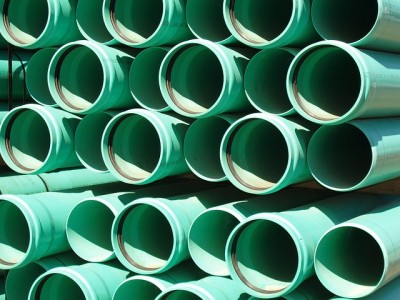
Sewer mains are extremely important and require specific coordination with your municipality. Factors that can affect the cost of installing a sewer line:
Red Tape – Anything sewer related requires city permits and regulations. These types of permits will add to sewer main pipe installation.
Distance – The distance between your home and the connector line will impact the cost to install a main sewer line. The further away it is, the more pipe that will need to be installed, which will raise both materials and labor costs.
Obstacles – Anything that might get in the way of digging will increase installation cost. This means any landscaping or trees will need to be removed before construction can start. Any concrete will also need to be removed. The costs to replace and fix these areas after installation will be additional costs to you to consider.
Existing pipe – If you’re replacing an old sewer line, then installation can be more complicated. The existing sewer line might be below your gas line, which would increase sewer pipe installation cost. Digging out old pipe and replacing it can increase the cost to install a sewer line. Another option is the slip lining process, which inserts a smaller pipe within an existing pipe. This is useful if a full excavation becomes impossible due to what’s built on top of the existing pipe, or if there are other existing utility lines. This will also raise the cost to install a sewer line.
Cost Effective: if upgrades are required to bring your sewer line up to code then we can perform the conversion and discuss the most cost effective solution.